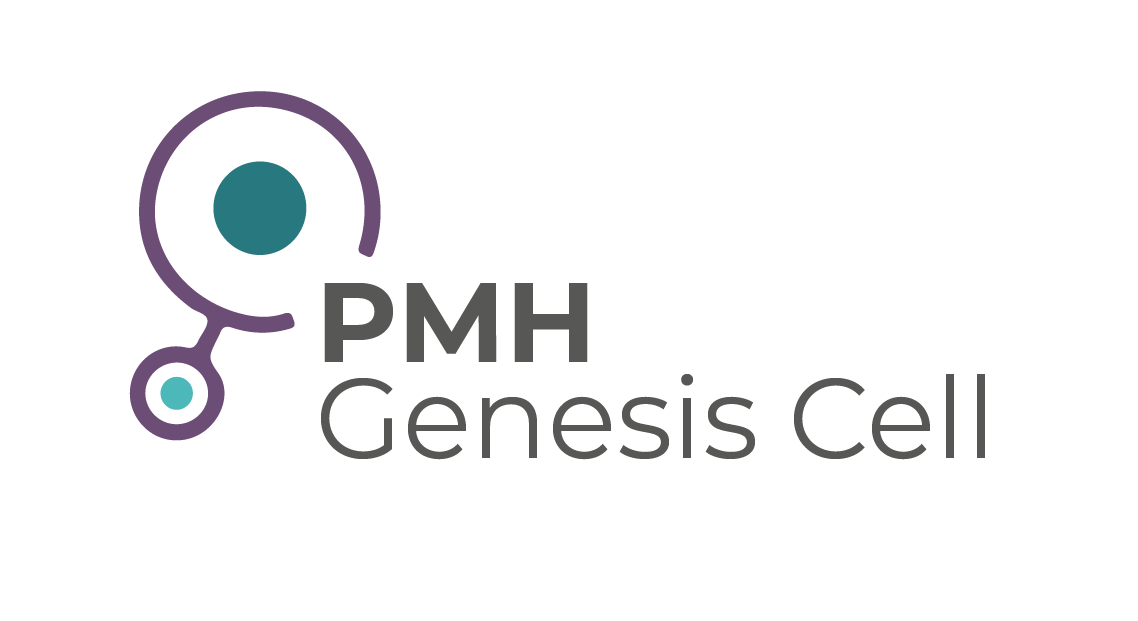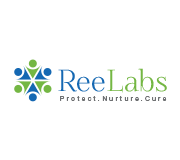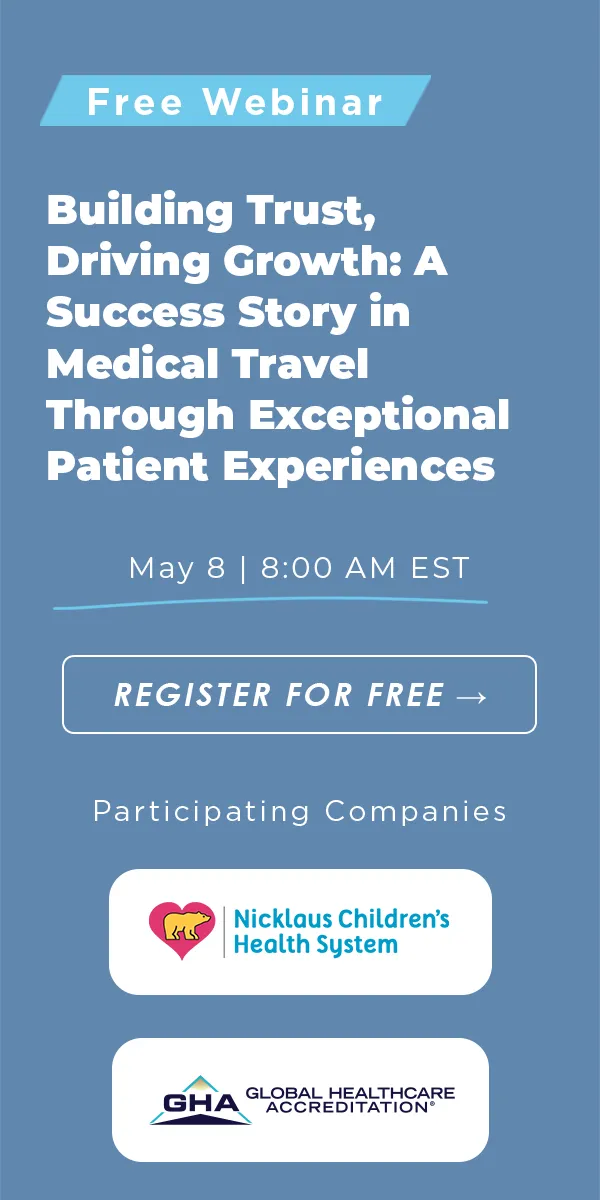Erectile Dysfunction Treatment
Steps Involved in IVF:
Procedure Description:
Erectile dysfunction (ED) is a condition in which a man has difficulty achieving or maintaining an erection sufficient for sexual intercourse. This common issue can significantly impact a person's quality of life, self-esteem, and intimate relationships. While it's often associated with older age, ED can affect men at any stage of life and may be caused by various factors such as stress, hormonal imbalances, cardiovascular diseases, or psychological issues. Fortunately, there are a range of treatments available to address this condition. These can include oral medications like sildenafil (Viagra), tadalafil (Cialis), or other phosphodiesterase-5 inhibitors, vacuum erection devices, intracavernous injections, and in severe cases, penile implants or vascular surgeries.
Treatment for ED varies according to the underlying cause and severity of the condition. It is often tailored to individual needs, and may require a multi-faceted approach involving medications, lifestyle changes, psychological counseling, and sometimes surgical intervention. Not every treatment works for every individual, and sometimes multiple treatment options have to be tried to find the one that's most effective. In many cases, specialists in urology or andrology are the best healthcare providers to consult for this condition.
Traveling abroad for ED treatment has become increasingly popular due to various benefits ranging from cost-effectiveness to advanced medical technologies. If you're considering this option, it's crucial to be well-informed to make the best possible healthcare choices.
Procedure Duration:
The duration of treatment for erectile dysfunction depends on the type of procedure or therapy chosen. Oral medications, which are often the first line of treatment, can provide results within 30 minutes to an hour but don't offer a long-term cure. Injection therapies require brief outpatient visits and offer more immediate results, typically taking effect within 5-20 minutes. On the other hand, surgical options like penile implants require a hospital stay and may involve a surgical procedure lasting 1-2 hours, followed by a recovery period of a few weeks.
It's important to note that recovery times can also vary depending on the individual's general health, age, and other medical conditions. For surgical procedures, it is common to need a few days to a week of in-hospital care followed by several weeks of recuperation at home. Patients are usually advised to abstain from sexual activity for a certain period after the surgery, typically around 4 to 6 weeks, to allow for complete healing.
Preoperative and postoperative appointments should also be factored into your timeline. Diagnostic tests, discussions with healthcare providers, and follow-up appointments can add several days or even weeks to the overall duration of your treatment, especially if you are traveling abroad for the procedure.
Benefits:
- Cost-Effectiveness: Treatment abroad can often be cheaper than in your home country, even when accounting for travel expenses.
- Expertise: Many countries specialize in urological and andrological treatments, offering high levels of expertise.
- Advanced Technology: Some foreign healthcare providers have access to the latest medical technologies, ensuring cutting-edge treatment.
- Shorter Wait Times: In some countries, it may be quicker to receive treatment than waiting for an appointment in your home country.
Potential Destinations:
- Thailand: Known for advanced medical facilities and expertise in urology.
- India: Offers a blend of traditional and modern treatments at affordable prices.
- Germany: Renowned for its high standards and cutting-edge medical technology.
- Turkey: Emerging as a leader in healthcare tourism with state-of-the-art facilities.
Risks & Considerations:
- Quality of Care: Not all healthcare providers meet international standards.
- Communication Barriers: Language could be a barrier in understanding the procedure and post-care requirements.
- Travel Stress: Traveling before and after a medical procedure could add stress and complicate recovery.
How to Choose the Right Doctor and Hospital:
- Check Credentials: Ensure the doctor is certified in urology or andrology and has experience with ED treatments.
- Read Reviews: Look for testimonials or reviews from previous patients.
- Visit Beforehand: If possible, visit the facility ahead of time to assess cleanliness, technology, and care standards.
- Consult Multiple Sources: Don’t rely on a single recommendation; consult various resources to make an informed decision.
To receive a free quote for this procedure please click on the link: https://www.medicaltourism.com/get-a-quote
Patients are advised to seek hospitals that are accredited by Global Healthcare and only work with medical tourism facilitators who are certified by Global Healthcare Accreditation or who have undergone certification from the Certified Medical Travel Professionals (CMTP). This ensures that the highest standards in the industry are met. GHA accredits the top hospitals in the world. These are the best hospitals in the world for quality and providing the best patient experience. Click the link to check out hospitals accredited by the Global Healthcare Accreditation: https://www.globalhealthcareaccreditation.com
Frequently Asked Questions
What actually happens during hyperstimulation of the ovaries?
The patient will take injectable FSH (follicle stimulating hormone) for eight to eleven days, depending on how long the follicles take to mature. This hormone is produced naturally in a woman’s body causing one egg to develop per cycle. Taking the injectable FSH causes several follicles to develop at once, at approximately the same rate. The development is monitored with vaginal ultrasounds and following the patient’s levels of estradiol and progesterone. FSH brand names include Repronex, Follistim, Menopur, Gonal-F and Bravelle. The patient injects herself daily.
What happens during egg retrieval?
When the follicles have developed enough to be harvested, the patient attends an appointment where she is anesthetized and prepared for the procedure. Next, the doctor uses an ultrasound probe to guide a needle through the vaginal wall and into the follicle of the ovary. The thin needle draws the follicle fluid, which is then examined by an embryologist to find the eggs. The whole process takes about 20 minutes.
What happens to the eggs?
In the next step, the harvested eggs are then fertilized. If the sperm from the potential father, or in some cases, anonymous donor, has normal functionality, the eggs and sperm are placed together in a dish with a nutrient fluid, then incubated overnight to fertilize normally. If the sperm functionality is suboptimal, an embryologist uses Intracytoplasmic Sperm Injection to inject a single sperm into a single egg with an extremely precise glass needle. Once fertilization is complete, the embryos are assessed and prepared to be transferred to the patient’s uterus.
How are the embryos transferred back to the uterus?
The doctor and the patient will discuss the number of embryos to be transferred. The number of successfully fertilized eggs usually determines the number of eggs to be placed in the uterus. Embryos are transferred to the uterus with transabdominal ultrasound guidance. This process does not require anesthesia, but it can cause minor cervical or uterine discomfort. Following transfer, the patient is advised to take at least one days bed rest and two or three additional days of rest, then 10 to 12 days later, two pregnancy tests are scheduled to confirm success. Once two positive tests are completed, an obstetrical ultrasound is ordered to show the sac, fetal pole, yolk sac and fetal heart rate.
Embryoscope©
Built into this technology there is a microscope with a powerful camera that allows the uninterrupted monitoring of the embryo during its first hours of life. In this way, we can keep a close eye on the embryo, from the moment when the oocyte is inseminated and begins to divide into smaller and smaller cells, until it can be transferred to the uterus.
Orthopedics Stem Cell
Knee
Research on mesenchymal stem cells regenerative properties in knee osteoarthritis. In these studies, researchers suggest that Stem Cell Therapy has the potential to regenerate lost cartilage, stop and reverse cartilage degeneration, provide pain relief, and improve patient mobility.
Shoulder
Stem Cell Therapy as an Alternative to Rotator Cuff & Shoulder Replacement Surgery. Stem cell therapy may offer an excellent alternative for patients looking to avoid shoulder joint replacement surgery, as well as many other surgical treatments for shoulder pain.
Ankle
If you suffer from chronic or acute ankle pain or instability due to arthritis, cartilage loss, ligament strain or tear, or tendon damage, then you may benefit from non-surgical stem cell treatments or stem cell-enhanced surgery.
Back Pain
Patients now have a minimally invasive option. Stem cell therapy for back pain and disc herniations can potentially repair the damaged disc or facet joint, restore function, rehydrate the disc, and ultimately alleviate chronic pain.
Anti-Aging Stem Cell
Hair Loss
Stem cell therapy and PRP therapy have been shown to be most effective for: Those in the early stages of hair loss, patients who are not viable candidates for surgery and women who prefer to avoid hair surgery.
Facial Anti-Aging
Aesthetic Anti-Aging. The Aesthetic Stem Cell Localized Treatment is a non-surgical minimally invasive procedure to enhance the appearance of aging skin and hair restoration. This all-natural technique combines dermal injections of bone marrow or adipose tissue derived stem cells and growth factors.
Fertility Stem Cell
Endometrial PRP
The stem cells used for treatment of a thin endometrium include mesenchymal stem cells. In addition, successful repair of the endometrium in pregnancy with stem cells has been reported previously.
Low Ovarian Reserve (PRP)
The treatment uses PRP (Platelet-Rich-Plasma), which with stem cell therapy is the novel therapeutic approach for restoring the quality of the ovarian reserve.Your PRP will contain a physiologic balance of platelets, growth factors and white blood cells tailored specifically for you.

Punta Mita Hospital
Mexico


Punta Mita Hospital - Genesis Cell
Mexico














